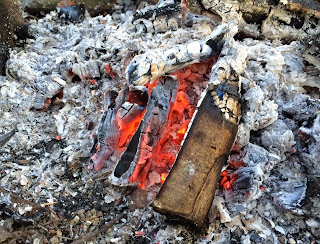 |
| Summer at the lochán - reeds, water violets and rushes |
 |
| Water violet |
I was interested to read that Water Violet is a Bach flower remedy for people who are, like the flower, upright, quiet and dignified, but with a tendency to aloofness. The remedy is to help bring people into balance so they can engage more with others.
Today was a bright, breezy day and I must admit to indulging in a little aloofness. I just wanted to sit here for hours watching the ripples on the water, the whirligig beetles busy on the surface, swallows swooping low in search of insects and the reeds moving in the wind. Not talking to anyone, just soaking it all up as balm to the soul.







.JPG)



.JPG)





